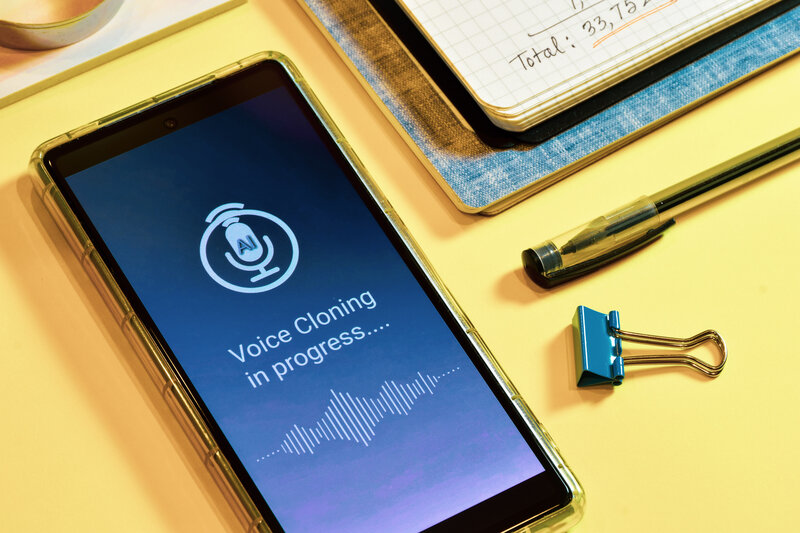The Scam Economy Has Arrived
According to the Federal Trade Commission, Americans reported over $12.5 billion in scam-related losses in 2024, the highest total ever recorded.
These are not just phishing emails anymore:
- Romance scams play on emotion.
- Fake fraud department calls that create panic.
- Crypto bait-and-switch schemes.
- AI-generated voice scams are convincing enough to fool a spouse or child.
Scams have become an economy of their own. And in this economy, your customers are the product.
Younger Consumers Are Now Prime Targets
The myth that scams primarily hit older adults is outdated. Younger consumers are increasingly the victims, especially online:
- Consumers in their 20s and 30s report scams more frequently than older adults.
- Adults 70+ lose more money per incident, often because scams are detected later or involve larger transactions.
Source: FTC Consumer Sentinel Network Data Book 2023
The Damage Runs Deeper Than Money
Victims lose peace of mind, confidence in digital tools, and trust in their financial institutions. The Identity Theft Resource Center reports victims often face:
- Anxiety, stress, and sleeplessness.
- Embarrassment or shame that stops them from seeking help.
- Hesitation to report the scam, fearing they will be blamed.
One in four victims avoided contacting their financial institution because they feared being seen as responsible.
Why Customers Expect Help
Many scams are legally “authorized fraud” because the victim was tricked into approving the transaction. That detail means little to the customer. What matters is how the bank or credit union responds:
- 57% of consumers expect scam support from their financial institution.
- 1 in 3 say they would consider switching institutions after a poor experience post-incident.
Source: Javelin Strategy & Research
What Real Support Looks Like
Victims do not want judgment. They want guidance:
- A human who understands the situation.
- Clear, step-by-step help for recovery.
- Support to report the scam and limit damage.
- Reassurance they are not alone or at fault.
Scams feel personal. Support must feel personal too.
How Financial Institutions Can Respond
Leading institutions are moving beyond prevention-only approaches to proactive response and recovery:
- Proactive alerts that flag suspicious behavior.
- In-app nudges to confirm trusted recipients.
- Quick access to live fraud specialists.
- Optional protection plans or bundled identity support services.
Even if every scam cannot be stopped, showing up in the aftermath matters. Customers remember how you respond.
Scams Are Personal. Your Response Should Be Too.
Scam tactics are designed to mimic trust: a fake text from a fraud department, a voice that sounds like family, a screen that mirrors your banking app.
When that trust is broken, customers question more than the scammer. They question your institution.
Your reaction becomes part of the relationship. It is what they will remember most.

